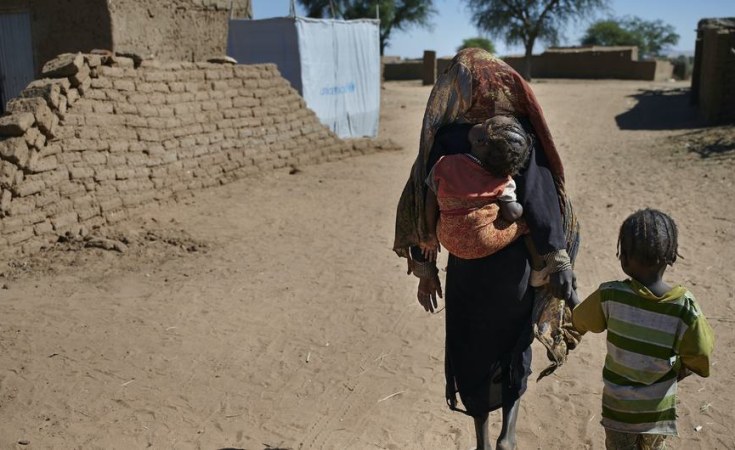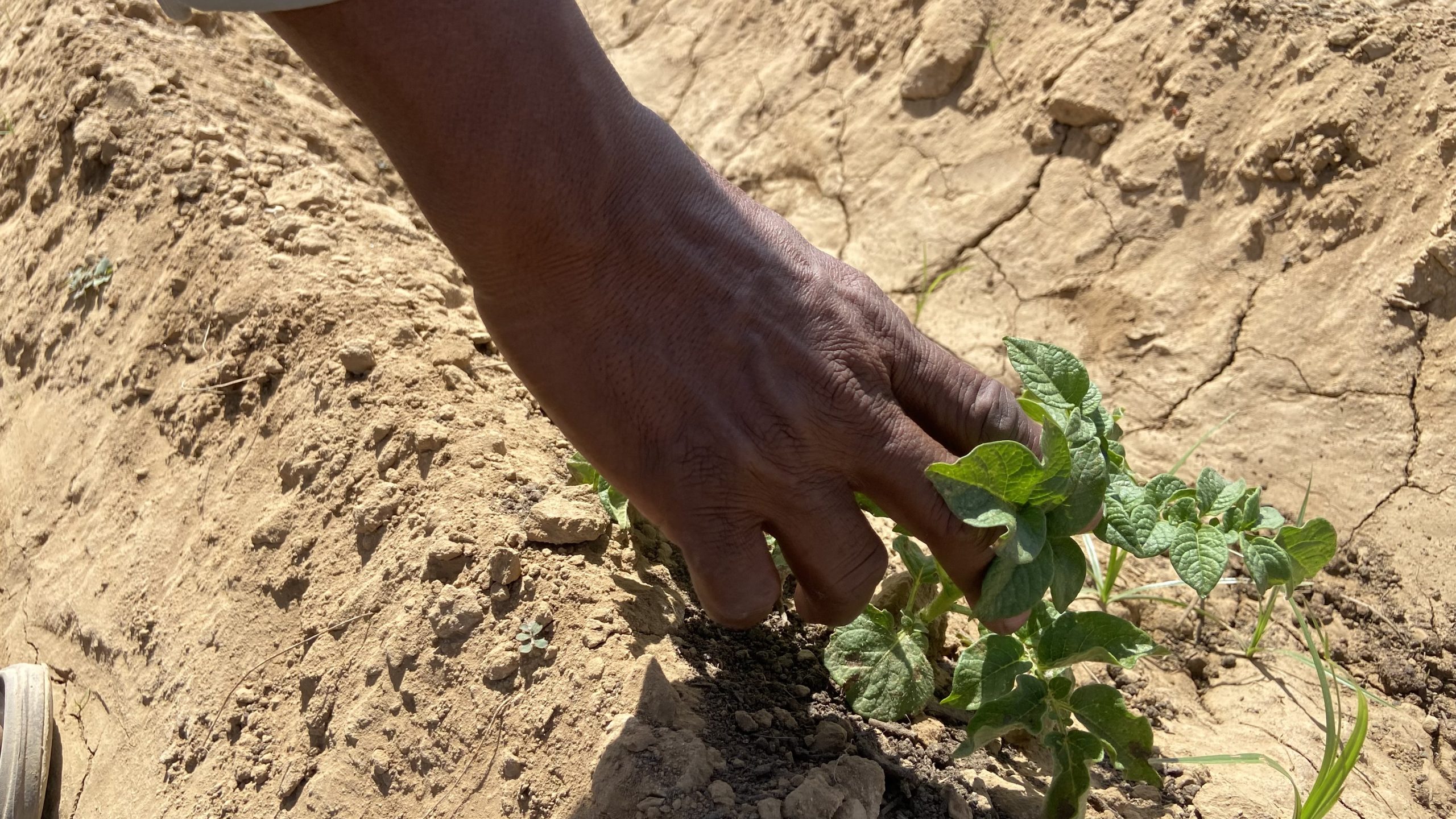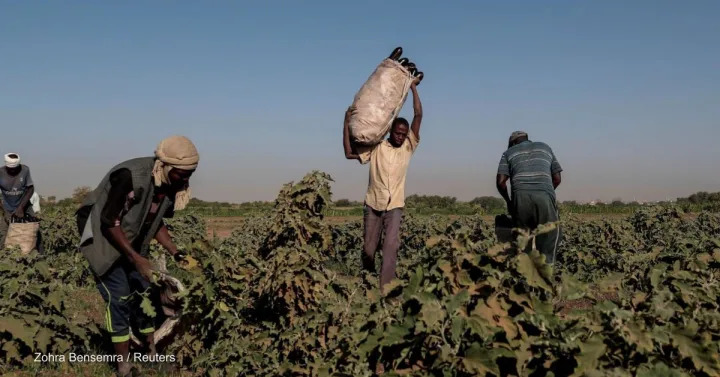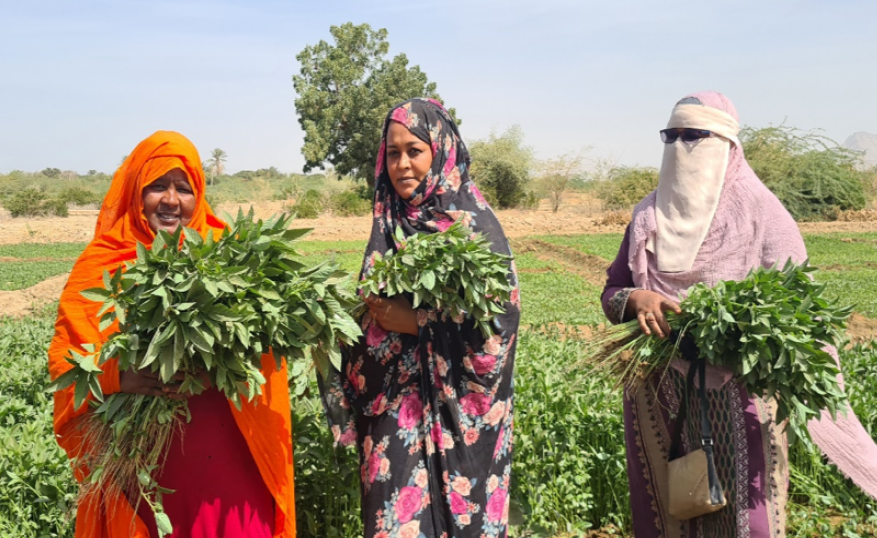
Sudan, the third largest country in Africa, is on the verge of a food crisis of epic proportions. Since the outbreak of civil war in April 2023, the country has descended rapidly into political upheaval, severe economic contraction, extreme social unrest, and rampant violence.
In addition to the estimated 13,000-15,000 people killed and 33,000 injured, some 6.3 million people have been internally displaced and more than 1.7 million have crossed into neighboring countries as refugees. Many are women and children.
The United Nations considers this the largest child displacement crisis in the world. About 25 million people urgently require food assistance, including more than 14 million children. Acute food insecurity is affecting 18 million people, or 37 percent of the population, with another 10 percent in emergency conditions.
News stories are dominated by reports of violent clashes and political maneuverings. So far, coverage of food insecurity has been scant. As is often the case, this topic seems to only get traction when there is outright famine.
This gets the story backwards. Food insecurity is at the root of many conflicts. Moreover, peace remains elusive without well-functioning agricultural systems, and it is unreasonable to expect viable agricultural production without peace.
Anticipating significantly reduced harvests in Sudan, UN agencies are projecting 50-100 percent price hikes for staple grains over the coming months. Following a doubling in food price over the previous two years, Sudan’s need for food aid will grow exponentially, while logistical barriers to humanitarian operations are getting harder to overcome.
The UN Office for the Coordination of Humanitarian Affairs (UNOCHA) has called for peace-building, unimpeded passage of humanitarian relief, and agricultural livelihood support. And the World Food Program warns that without substantial intervention, catastrophic hunger is likely to prevail in conflict hotspots by next year’s lean season.
Most of Sudan’s 45 million people rely on farming for their livelihoods. Yet only 3.5 percent of requested donor funding for the 2024 Sudan Humanitarian Needs and Response Plan has been provided.
With more frequent and severe droughts and floods degrading agricultural productivity, the income and food security of farming families has become more precarious over recent decades. Concurrent erosion in governance and social protection systems accelerates a vicious cycle of vulnerability, social tension, and maladaptive coping strategies.
In already fragile agricultural areas, displacement of millions of people is severely impacting the agriculture sector, disrupting input supply and agricultural services and limiting labor availability. Producers, input suppliers, processors, and traders all struggle to operate with communication systems interrupted by conflict preventing normal commercial transactions and movement of produce.
Just five years ago, Sudan’s agri-food sector contributed 32 percent to total GDP. In 2023, the country has seen a 20 percent drop in agricultural GDP and employment. If no preventive action is taken this year, an estimated 1.8 million more people will fall into poverty amid the ongoing conflict.
With significant untapped agroecological potential, Sudan’s economic and political stability depends on a transition to productive and climate-resilient agriculture. But this demands investment in farm management capacity, improved use of inputs and irrigation, and increased access to markets and finance, as well as viable governance of rural infrastructure and natural resources. The situation in Sudan is especially challenging given the weakened state of agricultural supply chains and the extension system, the two backbones of the agricultural sector.
To boost food supplies and prevent depletion of productive assets, international organizations are working to provide Sudanese farmers with high-quality seeds, agrochemicals, livestock vaccines, and fuel on an emergency basis. The situation requires the sustained presence of support agencies.
However, the blanket economic embargo placed on Sudan has made it difficult, if not impossible, for local development agencies to access project funds vital for saving lives and sustaining livelihoods.
Extreme uncertainty in conflict zones hampers interventions designed to reduce dependency on food aid and increase the resilience of local farming systems. By sharing knowledge resources, foresight capabilities, and decision frameworks, partner organizations can better anticipate and reduce human suffering and disaster relief costs.
Sudan is facing a complex emergency, which may lead to state failure, mass migration, resource conflicts, and starvation, triggering waves that would be felt across all of northeastern Africa. Sudan is too big to fail.
Climate-resilient agricultural livelihoods are the engine of food security and social stability. This cannot be achieved in one or two years, so the global community must have long-term aspirations to support the transformation of agrifood systems in Sudan.
We need to adapt our strategies to build resilience before, during, and after periods of conflict. By reducing poverty, in-country inequality, and other societal drivers, increased agricultural resilience can help mitigate and moderate conflict.
The victims of the current conflict have no political capital and may have little idea why the warring sides took up arms. To relieve the extreme suffering in Sudan, it is the responsibility of the international community to marshal the political will to achieve a negotiated truce and a sustained ceasefire.

 Capacity development
Capacity development 
